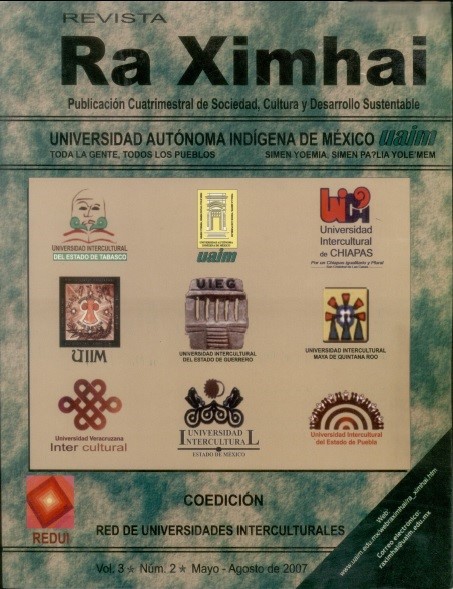Male and female stereotypes in a family planning campaign based on Moscovici's social representations model
DOI:
https://doi.org/10.35197/rx.03.02.2007.04.moKeywords:
representations of the social, stereotypes, campaigns, reproductive health, family planning, Mexico, television, equality and genderAbstract
The purpose of this paper is to analyze the stereotypes used in the 1988-2000 family planning campaign, produced by the National Population Council (CONAPO) and broadcast on Mexican television in all its forms: open and pay-TV. This campaign is one of the last that the State, through CONAPO, has put on the showcase of mass media, specifically television. The campaign was designed especially for this medium and was broadcast from its airing in 1998 until 2004, when it was reprogrammed as part of the festivities for the 30 years of reproductive health campaigns by the Mexican State. After this campaign, practically no other has been broadcast on television. Another element that makes it interesting as an object of study is the fact that for the first time the male stereotype is included as a decisive part of family planning. This audiovisual material is therefore a good source of information of its kind for analysing messages produced by the State, which also include both urban and rural stereotypes. The model used was the call for social representations by Sergei Moscovici, as well as some elements of the Content Analysis technique. The 22 television messages that make up the 1998-2000 campaign were analysed. Of these, 11 were directed towards urban areas and 11 towards rural areas. In both cases, the number of times men and women participated was quantified, as well as the way in which they participated: whether they did so alone or as a couple, and a positive or negative value was assigned to the stereotype presented in the messages, using as a criterion for this assignment or evaluation the extent to which (through textual or visual discourse) male and female participation was encouraged or not in an equitable manner in relation to the decision to plan a family. Ten tables were created where this exercise is carried out for each of the themes addressed in the campaign messages and, based on the results, inferences were made based on two elements: the male and female stereotype and the gender equity handled in these representations of society. Finally, it is concluded that a “cultural legacy” is left through family planning messages.
Downloads
References
Acosta, J. 1999. La Imagen Corporativa. Ed. Trillas. México. pp 15-47.
Careaga, P. G. et.al., 1996. Etica y Salud Reproductiva. Programa Universitario de Estudios de Género. UNAM. Págs. 9-26.
Lagarde, M. 1997. Género y feminismo. Desarrollo Humano y democracia. Ed. Horas y Horas. Madrid.
Lamas, M. 1997. El Género, la construcción social cultural de la diferencia sexual.
Programa Universitario de Estudios de Género. UNAM. 367 pp.
Moscovici, S. 1994. Psicología Social tomos 1 y 2. Ed. Piados, España.
Downloads
Published
How to Cite
Issue
Section
License
Copyright (c) 2007 María de Lourdes Ortíz Boza

This work is licensed under a Creative Commons Attribution-NonCommercial 4.0 International License.
Usted es libre de:
- Compartir — copiar y redistribuir el material en cualquier medio o formato
- Adaptar — remezclar, transformar y construir a partir del material
- La licenciante no puede revocar estas libertades en tanto usted siga los términos de la licencia
Bajo los siguientes términos:
- Atribución — Usted debe dar crédito de manera adecuada , brindar un enlace a la licencia, e indicar si se han realizado cambios . Puede hacerlo en cualquier forma razonable, pero no de forma tal que sugiera que usted o su uso tienen el apoyo de la licenciante.
- NoComercial — Usted no puede hacer uso del material con propósitos comerciales .
- No hay restricciones adicionales — No puede aplicar términos legales ni medidas tecnológicas que restrinjan legalmente a otras a hacer cualquier uso permitido por la licencia.








